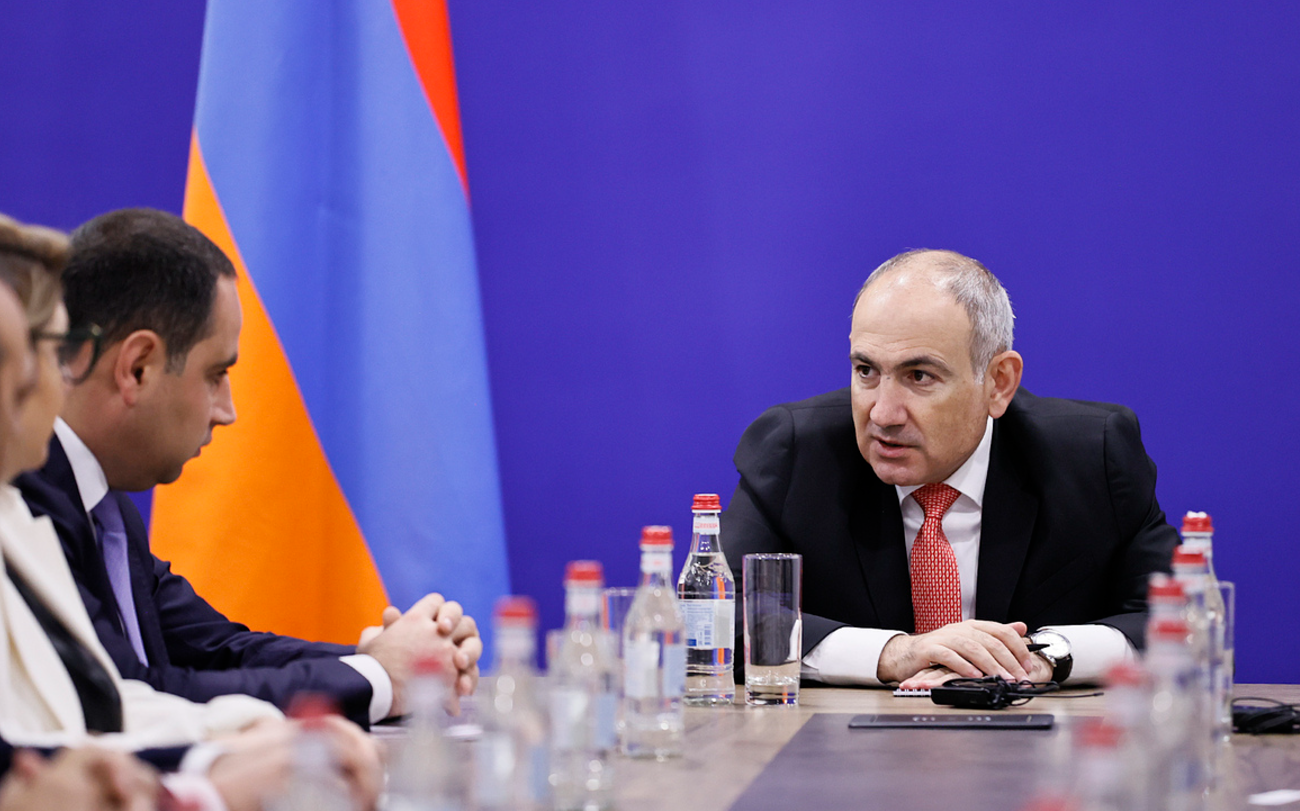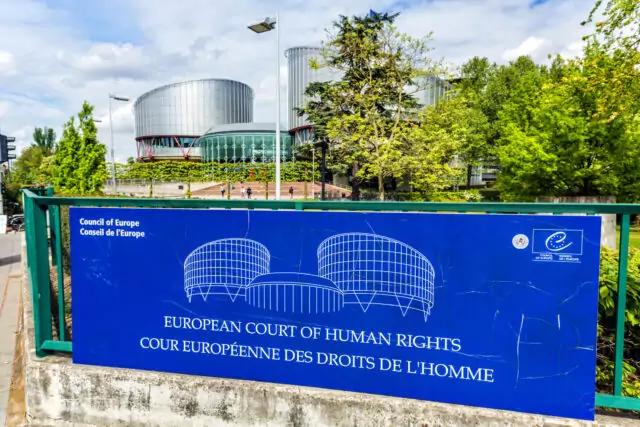
Pashinyan’s Fresh-Faced Populism Signals Start of Armenian Election Cycle
Pashinyan’s Fresh-Faced Populism Signals Start of Armenian Election Cycle
Executive Summary:
- As Armenian Prime Minister Nikol Pashinyan’s ratings continue to decline, a viral video of him shaving has been interpreted as the start of the government’s preparations for the next parliamentary elections, which are scheduled for mid-June 2026 at the latest.
- The resignation of key officials has strengthened this opinion, instructed to do so by messages sent to them by Pashinyan. Many believe the prime minister is attempting to shirk responsibility for his flagging ratings by blaming others within his team.
- Armenia’s opposition echoes this view and links the move to the need to regain political legitimacy in Armenia through elections to sign an agreement to normalize relations with Azerbaijan and eventually hold a referendum on changing the constitution.
On November 14, Armenian Prime Minister Nikol Pashinyan lambasted the country’s 1990 Declaration of Independence, equating the historical document to the non-existence of the current Republic (Azatutyun, November 14). The issue of the declaration, which contains claims to what is considered sovereign Azerbaijani territory in the form of the former Soviet-era “Mountainous Region of Karabakh,” then an autonomous district, has proven to be the main obstacle to Yerevan and Baku finally concluding a long-anticipated peace agreement (see EDM, January 31, June 25, September 11). The outcry about these comments was significant but soon diminished, perhaps by design, when Pashinyan later the same evening posted a video on social media shaving off his now trademark beard (Facebook.com/surenyants;News.am; Instagram.com/nikolpashinyan_official, November 14). Although unshaven for his career prior to the 2018 street protests that brought him to power, Pashinyan has sported a beard ever since and created a new post-revolutionary image (see EDM, May 3, 2018, April 26, 2019). While some media took a light-hearted approach to the change, others were more sarcastic, with one regional analyst asking if this was “the end of the revolution” (X.com/Tigartsakh, November 14; OC Media, November 15).
Pashinyan has long been a populist ready to distract attention from controversial decisions (AIR Center, September 7, 2020; Nikoghosyan, Ter-Matevosyan, “From ‘revolution’ to war: deciphering Armenia’s populist foreign policy-making process, ” August 25, 2022; Commonspace, April 11). Adding to this speculation that political intent was behind the move, many noticed that Pashinyan appeared to wink at the camera at the end (Hraparak, November 26). In an interview aired on November 22, Pashinyan finally spoke about the new image, claiming it was done to celebrate one of his daughter’s birthdays (News.am, November 23). Nonetheless, his critics maintain that along with his regularly posted social media videos, including resuming bicycling at home and on official visits abroad, the real reason was “political puppetry” ahead of elections due to be held no later than June 2026 (Euasianet, October 2, 2018; News.am, November 18).
Critics also pointed to high-profile changes in his government when a rumor started to circulate on November 17, a Sunday, that he had instructed key officials to submit their resignations the following day. The instructions were sent via WhatsApp messenger or short message service (SMS) (Hraparak, November 18; News.am, November 22). Many analysts saw the dismissal as marking the start of the pre-election cycle in Armenia (Hraparak; Facebook.com/surenyants, November 18).
Media pointed out that the extent of the dismissals was unprecedented, especially as they were proceeded by a much-publicized tirade of criticism against members of his own government (EVN Report, November 20). Some also noted, however, that many of the replacements were women, leading one Azerbaijani analyst to suggest that the changes were made to appease the European Union who consider higher gender diversity in government as a sign of democratization (Facebook.com/farhad.mammadov.35, November 21). While the observation may be correct, Armenian analysts rule this out as the change’s primary motivation (Youtube.com/civilnet, November 21).
The dismissals followed Pashinyan’s harsh criticism of his government the previous week. Among those messaged were the heads of the Supreme Judicial Council, the Investigative Committee, the Anti-Corruption Committee, the State Revenue Committee, and the Ministers of Interior and Infrastructure. Media speculated that the demand was rooted in Pashinyan’s desire to reverse his diminishing popularity ahead of the 2026 vote amid widespread public apathy (Eurasianet, October 24). Some consider that the vote might even be called earlier next year (Azatutyun, November 18). Similar to the opposition, most analysts consider that the move marks the start of preparing for the next elections, especially by removing others whom he can blame for failing to trust the government among the population (Azatutyun, November 18). Pashinyan maintains that the removals were not “personal, but systemic,” as more allegations have surfaced that he was guided only by salvaging his reputation by sacrificing the officials (Eurasianet, November 18).
In October, in a survey by the International Republican Institute, only 16 percent of respondents expressed trust in his leadership (International Republican Institute, October 18). Further, only 20 percent of respondents said they would vote for Pashinyan’s Civil Contract party if parliamentary elections were held that Sunday. The symbolism of both shaving his beard and instructing subordinates to resign was not lost on many veteran commentators on local politics. There has also been much focus on how Civil Contract has applied pressure to increase its influence and standing in rural communities (Civilnet.am, November 27). The failed appearance of a pro-opposition cleric attempting to force Pashinyan’s resignation earlier this year was a further sign that the government would have to act, they opine (see EDM, May 14, June 5; Aliq Media, November 18).
Adding to the speculation, Pashinyan has further explained the dismissals and replacements as part of a new strategy to distinguish between officials who had served in the governments of his unpopular predecessors and those who took part in or eventually supported his much-touted 2018 revolution (Azatutyun, November 26). Some, however, are refusing to leave their positions. According to press reports, two Civil Contract members of parliament initially ignored the message to resign their parliamentary mandates. One did so, while the other refused to (Azatutyun, November 19, 20). The Anti-Corruption Committee summoned the renegade deputy (Azatutyun, November 22). The opposition claims that ideological differences could also be the reason for removing the deputies (Hraparak, November 26).
The General Prosecutor’s Office has also reportedly opened cases against the dismissed head of the Supreme Judicial Council and Minister of Justice, though it denies the claims (Azatutyun, November 26). On November 24, there was an interview with Pashinyan in which he spent one hour discussing the changes until dedicating the remaining 30 minutes to outlining Armenia’s position in ongoing talks to normalize relations with Azerbaijan. Some speculate that Pashinyan might be addressing both issues at the same time. Even though nothing indicates this, the opposition maintains that the embattled prime minister seeks re-election by mid-2026 as a prerequisite to holding a controversial referendum to change the constitution in 2027 (Hraparak, November 21).
In one video discussion, two Armenian political commentators linked the shaving of his beard, the high-profile dismissals via resignation, and preparing for new elections. They further maintain that Pashinyan seeks assured control over power structures to prevent any challenge to his leadership within his own party structure. They also compare such a possibility to the palace coup that deposed Armenia’s first president, Levon Ter-Petrosyan, when he too was ready to sign a compromise peace agreement with Azerbaijan in 1998 amid a weak government, weaker opposition, and widespread public apathy and precarious legitimacy (Youtube.com/civilnet, November 21). Pashinyan’s recent actions point to a potential effort to consolidate power, bolster public confidence, and navigate the precarious road to potential re-election, all while balancing the delicate and contentious issue of peace with Azerbaijan.


